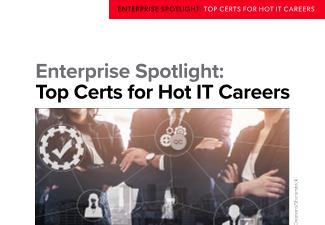
Organizations of all sizes care deeply about employee engagement, and many prioritize it when allocating resources. Still, only a few workers are actively involved despite all the efforts. However, most businesses struggle to find a systematic, consistent approach to identifying and implementing actions that boost employment engagement program. In such a context, employee engagement software can be a crucial component in engagement initiatives. This article will educate you on the factors to consider before investing in employee engagement solutions. Let’s take a second and define employee engagement software.
So what exactly is “employee engagement software”?
Workplaces can benefit from employee engagement software, a technology that helps businesses find ways to motivate and inspire their staff members. Workplace cultures that foster employee, team, and company success can be fostered with the help of employee engagement tools. These resources not only improve productivity and performance but also motivate workers by making their jobs more enjoyable. With the correct system in place, you can keep your staff members informed, focused, inspired, and engaged, all of which are crucial to your company’s success.
Below are the factors to consider while investing in employee engagement software:
User-Friendly:
Employees aren’t going to complete the surveys, regardless of how scalable the platform is or how many reports it can generate, if the process is too cumbersome or inconvenient for them to do so. A straightforward and intuitive interface is essential for widespread adoption. Employees of any skill level should be able to quickly and simply master the system’s ins and outs and apply it to its full potential. Tools that don’t perform what they’re supposed to do, are too complicated, or don’t address the user’s unique needs can lead to frustration and dissatisfaction.
Privacy and Safety of Information:
The backbone of every employee engagement software is a feedback survey where employees may share their thoughts and opinions. There would be a high risk of privacy breaches if this data, employees’ responses, or other identifying information were to leak. Because they are afraid of retribution, workers may lie or give misleading answers. Therefore, it is crucial to use software that protects the privacy of your workers.
Supported by Reliable Customer Service:
You’ll get the most out of your employee engagement software if it comes with excellent support for its users. Suppose you have access to knowledgeable, timely assistance. In that case, you may ask questions and make strategies to maximize the effectiveness of employee engagement in ways that you hadn’t considered before, increasing your return on investment.
Modifying the Survey:
Adjusting survey questions and frequency based on responses is crucial for gaining meaningful insights into areas of struggle and optimizing the feedback process. Investing in tools that give your HR team this flexibility will keep surveys from feeling routine and keep employees engaged over time.
Mobile-Friendly:
If you want to keep your staff interested, you need to meet them where they already spend most of their time: on their phones. The response rate increases when respondents can access the survey and pertinent visuals on their handheld during their commute or free time. The employee engagement platform you choose should be accessible from any computer, smartphone, or tablet with the same level of functionality and usability.’
Automated:
In terms of saving time and labor, employee engagement software is a game-changer for businesses. Maximize your available resources by settling on a system that does more than just generate insights into what needs to be done and actually does it through automated processes and procedures. The ticket price increases, for instance, or the employee receives a bonus for exceeding expectations.
Conclusion
Employee engagement software that can adapt to changing work environments is more important due to demographic shifts, such as the increasing prevalence of millennial workers, the gig economy, and telecommuting. The most effective tools for encouraging staff participation can help you gauge morale and show workers that their opinions are being considered.












